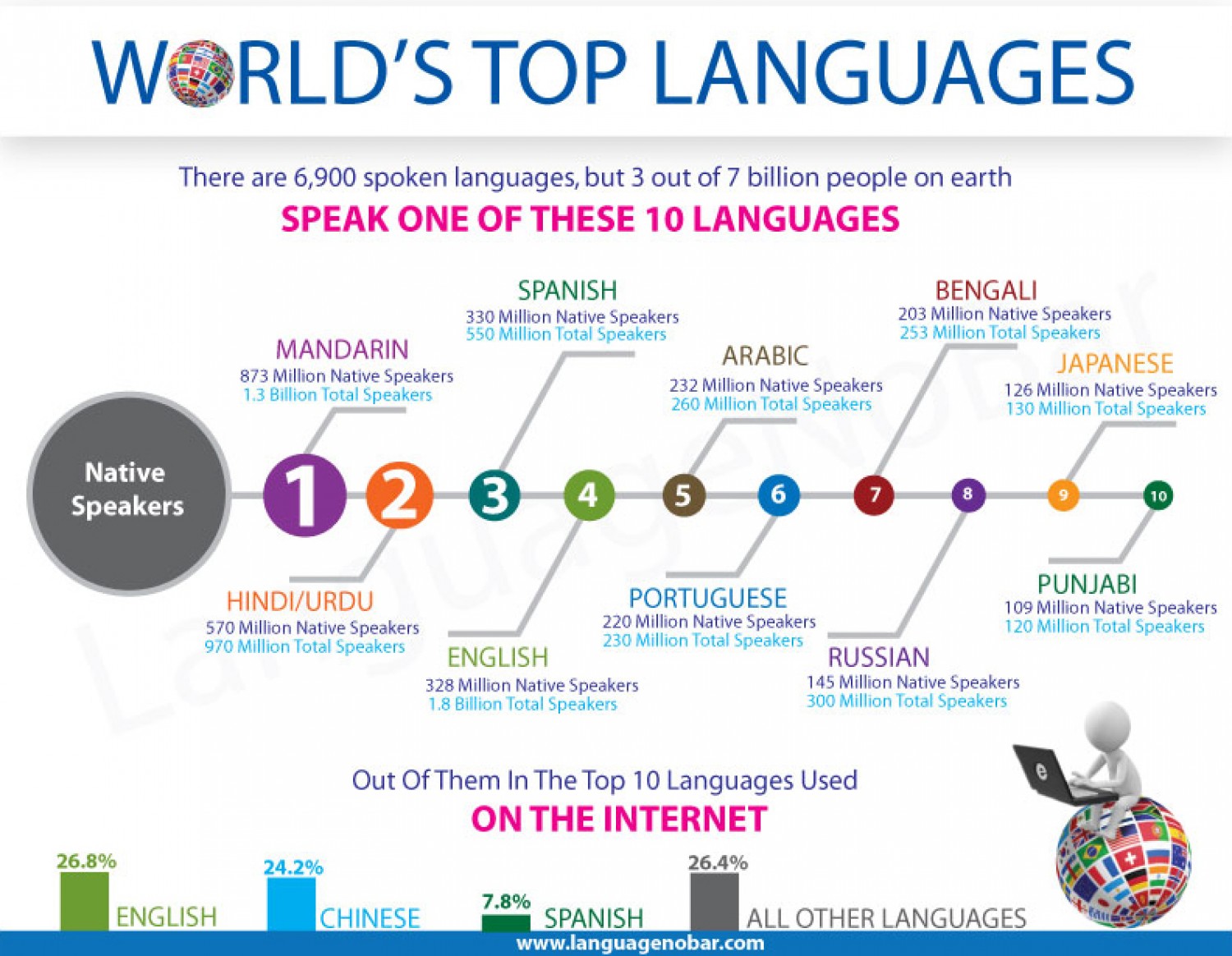There are 7 117 different spoken languages in the world today

There are 7,117 Different Spoken Languages in the World Today

Language is one of the most fundamental aspects of human communication. It shapes our thoughts, connects us with others, and helps us express our ideas and emotions. It’s fascinating to think about the sheer diversity of languages spoken around the world. According to the Ethnologue, a comprehensive reference work cataloging all known living languages, there are a staggering 7,117 different spoken languages in the world today1^.
The linguistic diversity that exists across the globe reflects the rich tapestry of human civilization. From remote communities to bustling cities, each unique language provides an insight into the cultural, historical, and geographical contexts in which it developed. It is through languages that we gain a deeper understanding of the world and the people who inhabit it.

In order to fully grasp the significance of this linguistic diversity, it is helpful to compare it with other aspects of human existence. For instance, while there are over 195 countries in the world, there are more than 7,000 languages spoken. This means that there are on average more than 36 languages per country. This fact alone highlights the incredible linguistic variety that exists across the globe.
However, it is important to note that while the Ethnologue catalogues over 7,000 languages, some of them are spoken by only a handful of people. In fact, out of the total number of languages, only a fraction have a significant number of speakers. For instance, approximately 94% of the world’s population speaks just 6% of the languages, while the remaining 6% are spread across the remaining 94% of languages1^.
The dominance of certain languages, such as English, Mandarin Chinese, Spanish, and Hindi, can be attributed to factors like historical colonization, globalization, and economic power. These large languages often act as lingua francas, or bridge languages, facilitating communication between speakers of different mother tongues.
Linguists dedicate their lives to studying these languages, investigating their grammar, syntax, and vocabulary to better understand how humans communicate. They also explore the linguistic diversity that exists within a single language, such as dialects and regional variations.
The study of languages is not only of academic interest but also has practical applications in various fields. It plays a crucial role in diplomacy, business, tourism, and international relations. Proficiency in multiple languages can open doors to exciting opportunities and enhance cross-cultural understanding.
In conclusion, the fact that there are 7,117 different spoken languages in the world today emphasizes the incredible linguistic diversity present in our global community. Each language tells a unique story, representing a specific culture, history, and identity. Learning about these languages enriches our understanding of humanity and helps us connect with people from different backgrounds. Whether you are a linguistic enthusiast or simply intrigued by the intricacies of human communication, exploring the world of languages is a fascinating journey.
Related Posts
Quick Links
Legal Stuff

